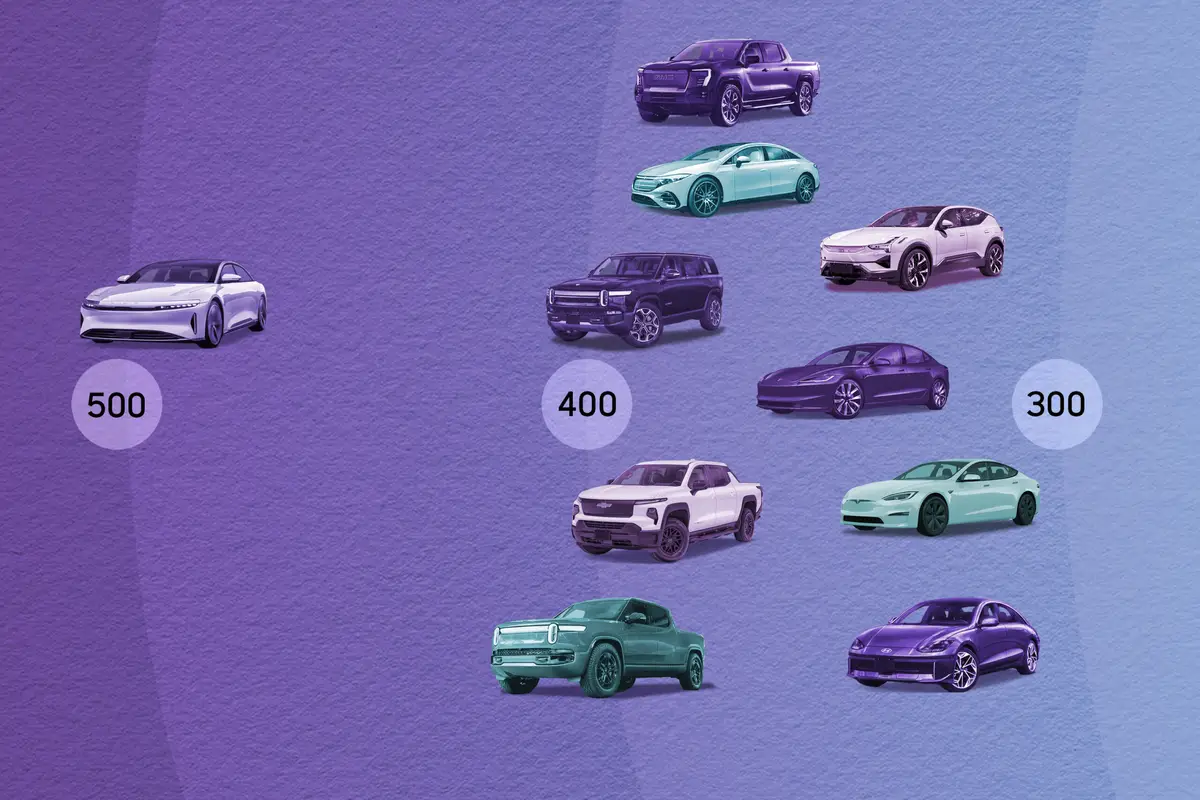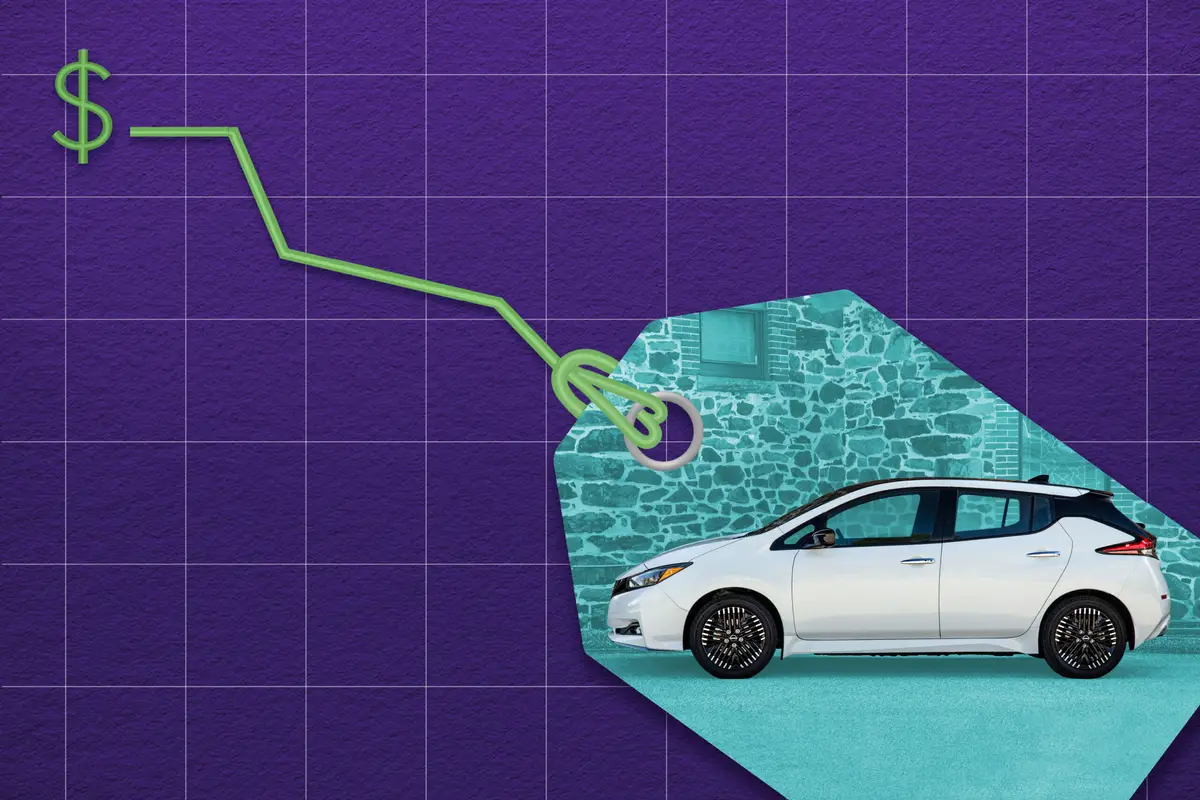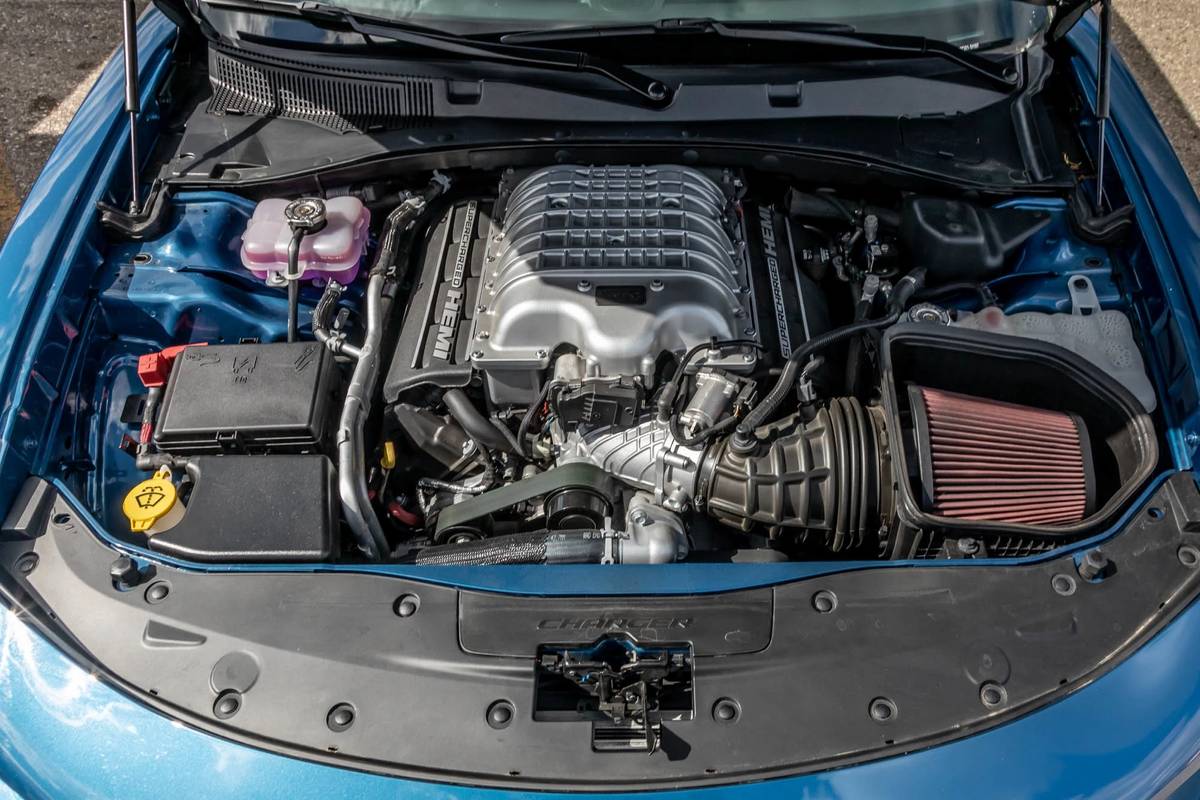chicagotribune.com's view
How time flies.
It’s been three years since we last visited the Hyundai Sonata after it underwent a redesign in 1999.
In ’99 Sonata was a tinny, noisy, midsize front-wheel-drive South Korean sedan that was a low-cost alternative to a used vehicle that came with the new-car smell and a powertrain warranty with coverage for 10 years or 100,000 miles.
Then came the XG300 in the 2001 model year, a sedan designated Hyundai’s flagship and given the task of advancing the brand as well as the image that Hyundai not only produces low-cost vehicles, but also reliable, high-quality vehicles loaded with goodies.
While the media was ready and willing, it wasn’t able to pick apart the XG as another tinny, noisy, but inexpensive South Korean sedan.
The midsize XG300 was one of the nicest cars in the market then, and now it’s even nicer after undergoing an upgrade for 2002 to the XG350 to take into account a 3.5-liter, 194-horsepower V-6 delivering 216 foot-pounds of torque at 3,500 r.p.m. It replaces the 3-liter, 192-h.p. V-6 that delivered 178 foot-pounds of torque at 4,000 r.p.m.
But enough on the XG, which we’ll save for another day. It is significant because it is so surprisingly nice that some of its appeal rubbed off on the rest of the lineup, with Sonata one of the beneficiaries.
If Hyundai got its act together with the XG, so the thinking goes, Sonata must have picked it up a notch as well.
For ’02 the midsize front-wheel-drive Sonata lineup adds a top-of-the-line LX model with leather interior and automatic temperature control. There’s also new front- and rear-end sheet metal, standard fog lamps, gas-charged hood- and trunk-lid struts and instrument panel cluster with trip odometer.
Like in 1999, we tested the Sonata GLS V-6. Still a little noisy? Sure, because to keep the price down, Sonata was shorted a few handfuls of insulation between the engine firewall and cabin floor so it wasn’t able to boast Toyota Camry or Honda Accord quiet.
Still a Camry/Accord look-alike?
Yup. If you can’t beat ’em, look like ’em and maybe you can lure a few folks into your showrooms. Sonata not only looks much like a Camry, it has a hint of Infiniti and Jaguar thrown in for good measure. Nice touch.
There have been some pleasant changes, too, such as the addition of the same 2.7-liter, 181-h.p. V-6 that powers the Hyundai Santa Fe sport-utility vehicle. It replaces the 2.5-liter, 170-h.p. V-6.
While you now enjoy quicker off-the-line starts, the fuel economy slipped to 20 m.p.g. city/27 highway from 20/28. Considering the 2.5 tended to pause and take a deep breath before moving, the loss of one mile per gallon in highway driving is a very small price to pay for the 2.7’s alertness.
That 2.7-liter V-6, by the way, also will be offered in the next-generation Tiburon sport coupe, which bows in January at the Detroit Auto Show.
Another welcome change is tha t GLS now sports 16-inch radial tires rather than 15-inch. Those treads, along with fully independent suspension, larger-diameter front stabilizer bar and revised rear shock settings, mean less rough ride and more predictable handling. Still more economy-car-like ride and handling than a Camry or Accord, but less Third World than it had been.
Can’t gripe about cabin room or trunk space. And the cloth seats are plenty comfortable.
One final change worth noting, and it’s a major one. The base price on the ’02 is $17,499, or $500 less than on the comparable ’99. Very nice.
When it comes to amenities, Sonata offers just about everything you’ll find in the higher-priced, better-known models. Of course, it has to because it doesn’t have the reputation of one of those higher-priced, better-known models.
Standard equipment includes air conditioning, automatic transmission, power windows/door locks/mirrors, cruise control, rear-window defroster, AM/FM stereo wit assette and CD player, remote keyless entry, 60/40 split rear seat, remote fuel-door and trunk-release buttons and illuminated vanity mirrors.
Also, there’s dual front and side-impact air bags, with the passenger-side front bag featuring the Passenger Presence Detection System, which means sensors detect whether the seat is empty or occupied by a small person so the bag won’t deploy.
Everything you need except anti-lock brakes/traction control, which is a $700 option, without needless frills, such as a navigation system that you don’t need in a $40,000 luxury car, much less in a machine less than half that price.
And the sticker is $17,499. Only options added were carpeted floor mats at $86 and mudguards at $75.
About the only other option you need is a power tilt/slide sunroof ($550).
But there’s a catch when it comes to ABS/traction and the sunroof. You can purchase a sunroof by itself without having to get ABS/traction. But if you want ABS/traction, you have to purchase the sunroof.
Hmm.
Sonata is a rather complete package at a rather nice price, but Hyundai still hasn’t gotten the respect of the motoring public that just about any Japanese vehicle has.
The public has become more aware of Hyundai, as evidenced by callers who used to ask about the Hoondie or Highyundie now at least getting the pronunciation right–“Hunday,” as in Sunday.
But while consumers like the looks and the features, and most certainly the price, and are this close to writing a check and taking title, many still aren’t sure they want to gamble even $17,499.
When asked “what have you got to lose?” the answer is “$17,499.”
The heritage is South Korean, not Japanese, and older buyers tend to remember the Hyundai Excel sold between 1986-1994, which some folks dubbed the Bic because it was considered disposable. (It was replaced by the Accent in 1995.)
Others question whether a South Korean car has the reliability, dependability and durability of a Japanese car. To be blunt, the jury is still out because you can’t tell how well it will perform in the future based on how well it did in just the last three years.
So is a Sonata a gamble?
Sure, but less of one than it was. Bulletproof like a Camry? Nope, but then if you don’t regularly service and maintain a Camry, it isn’t going to have much longevity, either.
The major attraction for those willing to take the gamble is the warranty coverage, a five-year/60,000-mile bumper-to-bumper warranty that includes 24-hour roadside assistance (five years/unlimited mileage) with free towing and lockout service. Powertrain coverage on engine and transmission is 10 years/100,000 miles and corrosion coverage is five years or 100,000 miles.
The warranty is a clever psychological tool to win customers over by giving them the perception the car must be good if the company is willing to provide such long coverage.
Still leery about a Hyundai? If to you a car is basic get-there-and-back transportation and not a symbol of wealth, prestige, status or station in life, check out a Sonata.
If a car is a symbol of wealth, prestige, status or station in life, then perhaps you should pass on the Sonata–and check out an XG350, unless, of course, you’d prefer to shell out $40,000 for a car whose name you and your neighbors can pronounce.
Latest news



